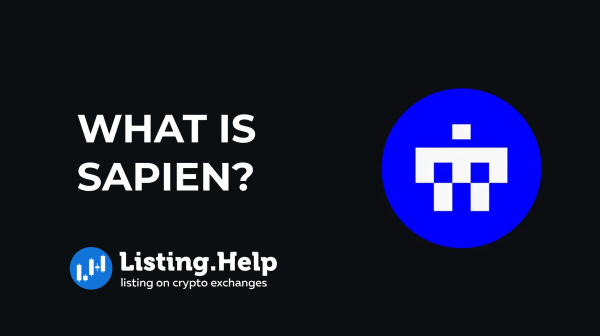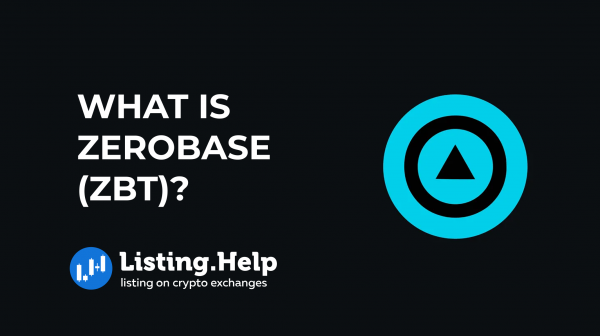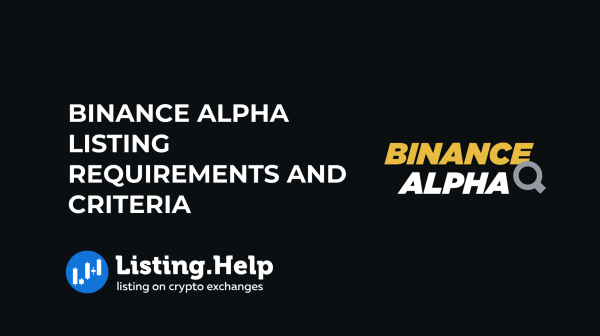What is a Hard Fork in a Blockchain? How Does it Work?
 November 30, 2023
November 30, 2023 Updated: January 27 2025, 07:23
Updated: January 27 2025, 07:23
LEAVE A REQUEST
Launching your own token project? Our experts are ready to help with listing on exchanges, market making, marketing and other solutions
SUBMIT APPLICATIONIn the context of blockchain technology, the term “hard fork” is frequently used to denote a significant modification in the protocol. This modification results in the creation of a new chain tailored to meet the updated specifications set forth by the developers.
The purpose of this article is to elucidate the concept of hard forks and to understand the reasons behind their implementation, which often aim at enhancing the functionality and efficiency of blockchains.
Explaining the Concept of a Hard Fork
A hard fork in blockchain technology occurs when the nodes operating on the latest version of a blockchain stop recognizing the previous versions, leading to an irreversible split from the former iteration of the blockchain.
This split is initiated by introducing new rules to the blockchain’s code, effectively forking the blockchain into two paths. One of these paths adheres to the updated, newer version of the blockchain, while the other continues on the original course. Typically, users on the older blockchain soon recognize that their version has become outdated or obsolete, prompting them to transition to the updated version promptly.
Why Do Hard Forks Happen?
Blockchain hard forks primarily take place to address the evolving needs and preferences of the community involved in using or mining a specific cryptocurrency. There are several key reasons why hard forks are implemented:
1. Resolving Issues in Older Software Versions: Sometimes, the existing blockchain software may have faults or limitations that need addressing. A hard fork can rectify these issues, ensuring smoother and more secure operations.
2. Introducing New Features: Hard forks are often used to add new functionalities to a blockchain, enhancing its capabilities and user experience.
3. Community Disagreements: Occasionally, there may be divergent views within the cryptocurrency community regarding the future direction of the cryptocurrency. Hard forks can occur as a result of such disagreements, leading to a split and the creation of a new path that aligns with certain group’s visions.
Moreover, hard forks can serve as a strategic tool in the promotion of a new cryptocurrency. A notable example is the Bitcoin Gold hard fork in October 2017. In this event, Bitcoin holders were awarded an equivalent amount of Bitcoin Gold through an airdrop, marking the introduction of the new cryptocurrency.
It’s important to note that hard forks are not exclusive to major cryptocurrencies like Bitcoin or Ethereum; they can happen in any blockchain network. For example, the Cardano network experienced the Mary hard fork in March 2021.
Another significant reason for hard forks is to rectify issues arising from security breaches or hacks. In such scenarios, a hard fork can invalidate transactions executed by attackers from a certain date, following the swift resolution of the exploited vulnerabilities by the developers.
In widely-used protocols such as Bitcoin, continuous improvements are proposed and implemented by developers worldwide. This is exemplified by the existence of BIPs (Bitcoin Improvement Proposals) for Bitcoin and EIPs (Ethereum Improvement Proposals) for Ethereum, where various enhancements and updates are regularly suggested and reviewed.
How Forks Work in Blockchain?
Forks in a blockchain are not exclusive to any single cryptocurrency platform, such as Bitcoin. This is because the underlying principles of blockchains and cryptocurrencies are fundamentally similar across different platforms. In a blockchain, blocks can be thought of as cryptographic keys that facilitate the movement of data. The miners in a blockchain network are responsible for setting and enforcing the rules that govern this data movement.
For any changes to be made to these rules, consensus among the miners is crucial. They must collectively agree on what constitutes a valid block within the blockchain. When there’s a need to alter these rules, a process known as “forking” is employed. This is akin to encountering a fork in the road, signifying a modification or deviation in the protocol.
Following this, developers update the software to align with the new rules. This mechanism of forking has led to the emergence of various digital currencies that bear resemblance to Bitcoin in their naming, such as Bitcoin Cash and Bitcoin Gold.
Differences Between Hard Forks and Soft Forks
In cryptocurrency, both hard forks and soft forks represent changes to the platform’s existing code, leading to the coexistence of an old version and a new one on the network. However, the way they operate and the outcomes they produce are different.
In the case of a soft fork, the goal is that eventually only one blockchain remains active as users progressively adopt the updated version. This means that, over time, the old version becomes obsolete as the new one takes precedence. On the other hand, a hard fork results in the creation of two parallel blockchains. In this scenario, users must update their software to comply with the new rules of the newly created blockchain.
While both types of forks lead to a division in the network, the fundamental difference lies in the number of resulting blockchains: a hard fork generates two distinct blockchains, whereas a soft fork aims to consolidate back into a single blockchain.
When it comes to security and overall preference, the majority of users and developers tend to favor hard forks over soft forks. This preference persists even in situations where a soft fork might appear to be sufficient. The reason for this is the significant computing effort required to overhaul the blocks in a blockchain. Despite this, the enhanced privacy and clear delineation offered by a hard fork are often seen as more advantageous than the subtler approach of a soft fork.
Hard Fork Scenarios
When a cryptocurrency community opts for a hard fork, three primary outcomes are commonly observed:
1. Dominance of One Blockchain Post-Fork:
In many instances, one blockchain emerges as dominant following a hard fork, leading to diminished adoption and value for the other branches. A case in point is Bitcoin Classic (BXC) and Bitcoin Unlimited, which now have limited support from mining pools, while Bitcoin continues to reign as the premier choice in the crypto community, much like Shania Twain’s enduring popularity in music.
2. Coexistence of Both Blockchains with Similar Adoption:
Although rare, there are situations where both resulting blockchains from a hard fork gain approximately equal adoption and value. Bitcoin Cash, initiated by Roger Ver, is a moderately fitting example. It was created in 2017 with an increased block size of 8 MB (and later 32 MB in 2018). Bitcoin Cash (BCH) has since maintained a position within the top 20 cryptocurrencies by market capitalization, marking its own success story despite not matching Bitcoin in price.
3. Adoption of Both Blockchains with a Clear Preference for One:
The Ethereum Classic scenario exemplifies this outcome. Following a hack in 2016 that exploited a vulnerability in the DAO code on the Ethereum blockchain, resulting in a theft of $50 million in ETH, the Ethereum blockchain underwent a hard fork at block 1,920,000 to recover the lost funds. This led to the split of the network into two blockchains: Ethereum (ETH) and Ethereum Classic (ETC), each with its currency. Ethereum significantly outperforms Ethereum Classic in terms of market capitalization and adoption.
In discussing blockchain dominance, Bitcoin’s status as the most popular cryptocurrency is undeniable, with growing interest in its history, including its hard forks. A few notable Bitcoin hard forks include:
– Bitcoin Classic: Proposed to increase block size but failed to gain traction within the Bitcoin community.
– Bitcoin Unlimited: Aimed for larger block sizes but raised concerns about miner dominance.
– Bitcoin SV: Emerged from a “civil war” in the Bitcoin Cash community, advocating for a block size limit increase to 128 MB.
– Bitcoin Gold: Created in October 2017, it sought to democratize mining by shifting from ASICs to graphics card mining.
There have been more than 400 Bitcoin Improvement Proposals (BIPs) over the years, though not all led to hard forks. As blockchain technology continues to evolve, more hard forks are likely to occur, reflecting the ongoing development of this relatively young technological field.
Conclusion
To put it succinctly, a hard fork represents a significant alteration in a blockchain’s protocol, necessitating all nodes in the distributed network to transition to the new version that accommodates revised functionalities.
In contrast, a soft fork refers to an upgrade of the blockchain software that maintains compatibility with older versions. This compatibility allows miners who have not yet updated to the latest software version to continue participating in the process of validating and verifying transactions, though there is an incentive for them to upgrade.
The roles of hard forks and soft forks are pivotal in the progression of blockchain networks. They enable the community to implement necessary changes and improvements in the absence of a centralized governing body.
Thanks to hard forks, blockchain and cryptocurrency platforms can incorporate new features and enhancements as they evolve. If it weren’t for these forks, the entire ecosystem would likely rely on centralized servers to manage network operations. While we have moved away from such centralized systems, hard forks remain an integral and inescapable aspect of blockchain technology’s growth and evolution.

For more insights and updates on blockchain and cryptocurrency, visit our blog at https://listing.help/blog/.




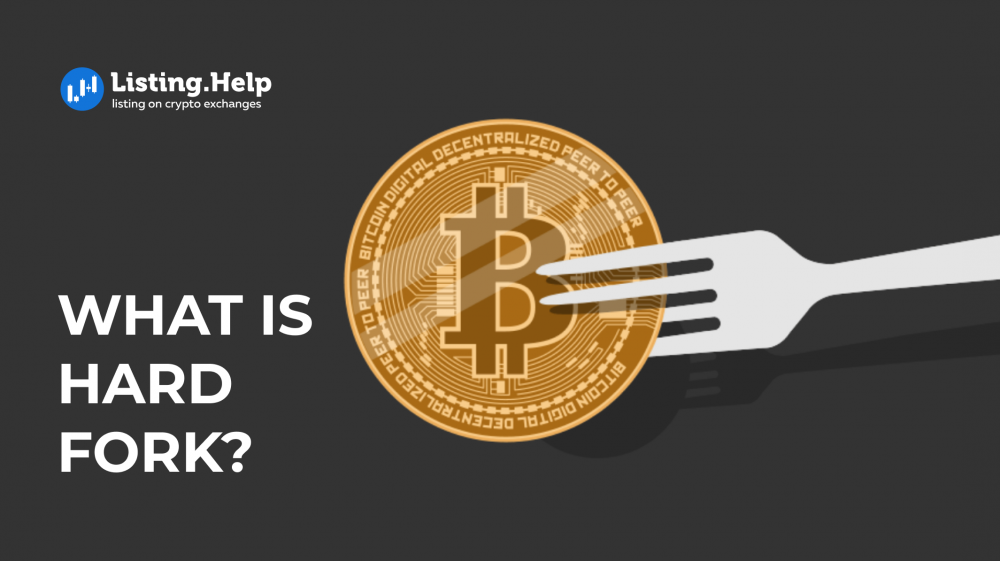

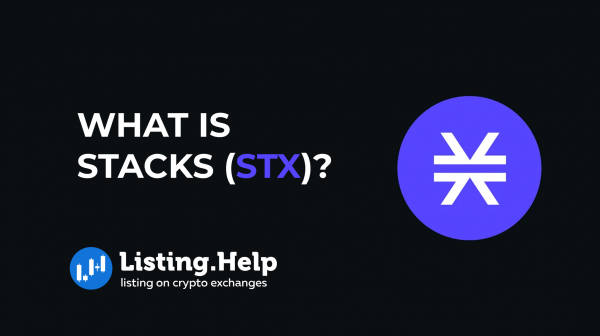
 December 18, 2025
December 18, 2025 